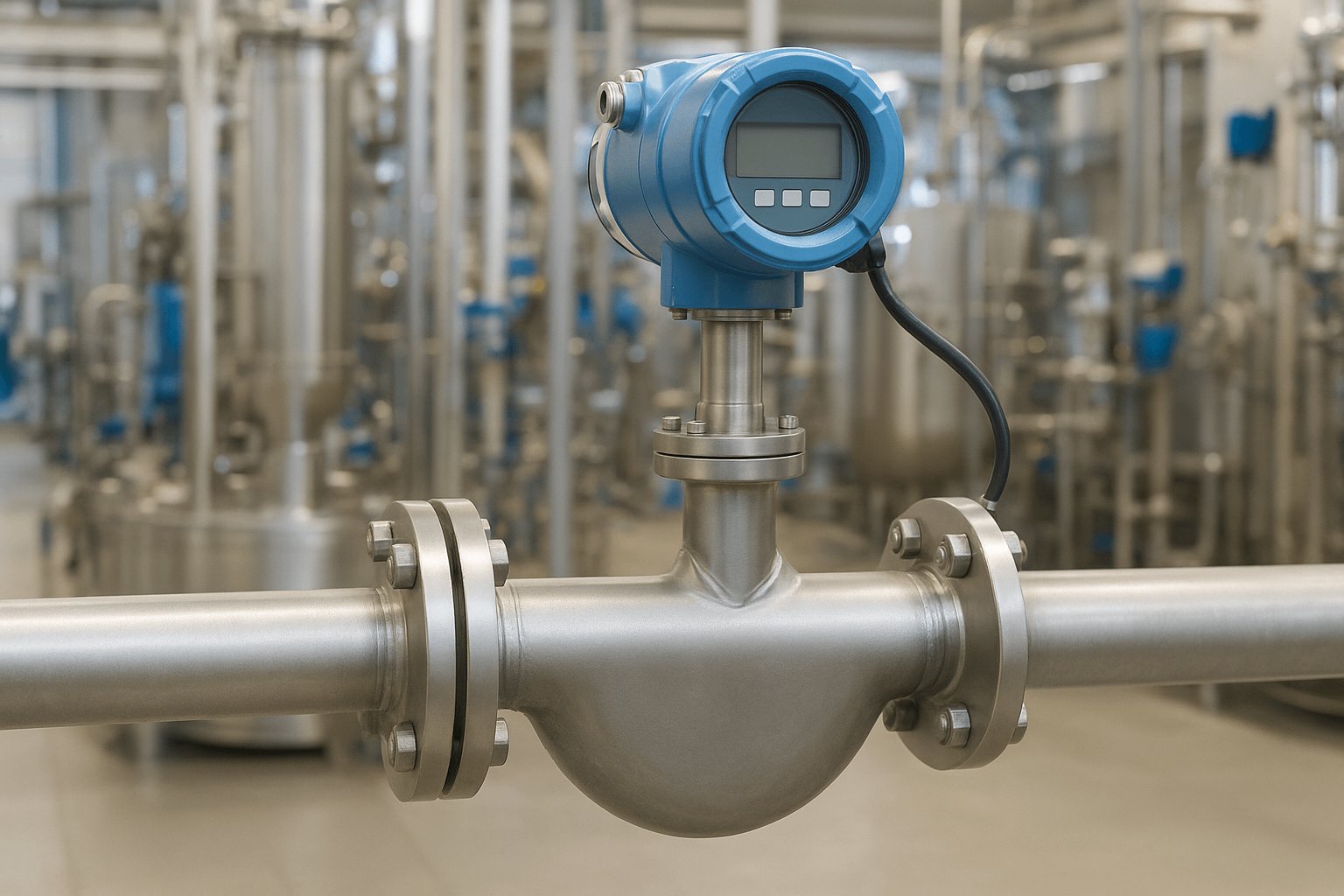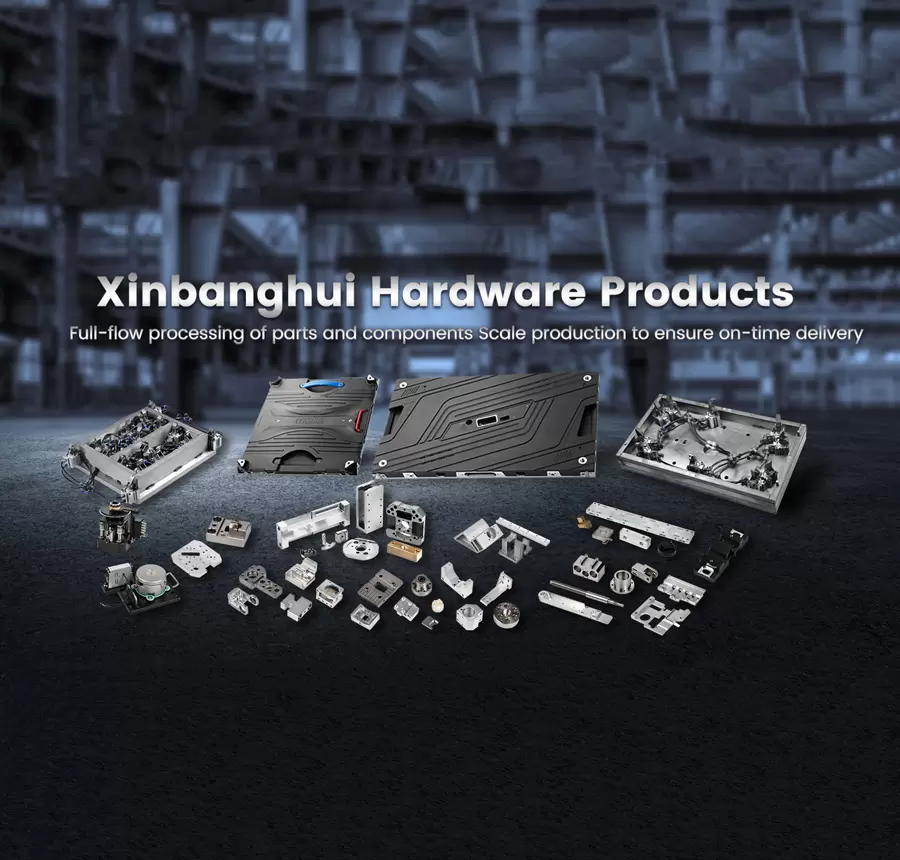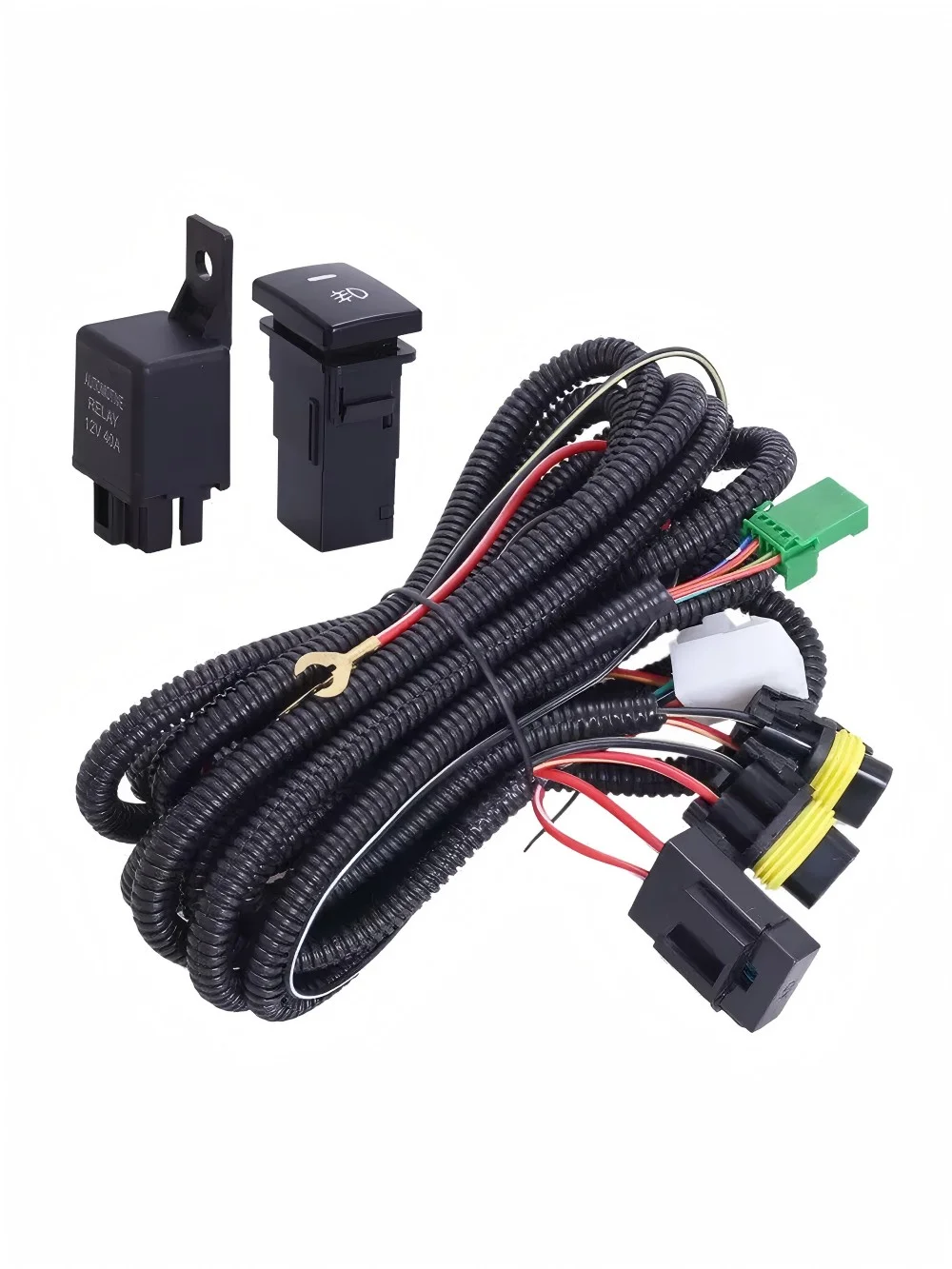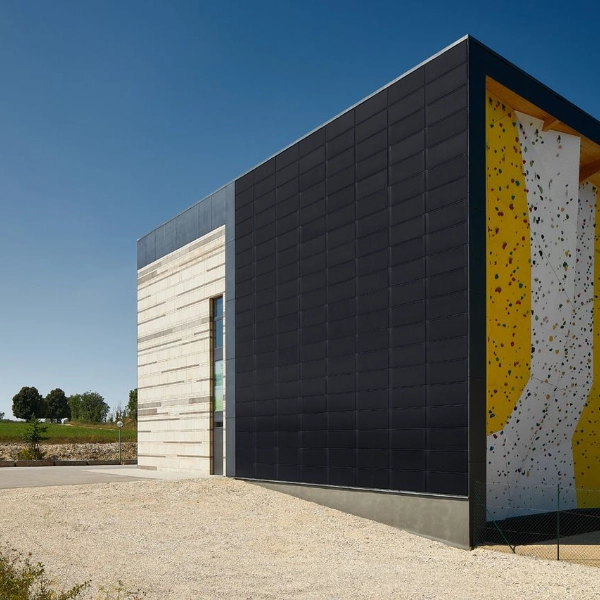Why Is an EI Transformer Core Still the Go-To Choice for Modern Power Applications?
When you’re tasked with sourcing high-quality transformer components, understanding why the “EI transformer core” remains such a trusted building block is critical. At Tianxiang, we’ve seen firsthand how the EI core structure delivers consistent performance, cost-effectiveness, and design flexibility. In this article we’ll explore: what an EI transformer core is, how it works, how it compares with other core types, the benefits and trade-offs, and considerations when selecting one for your application.
What Is an EI Transformer Core?
The term “EI transformer core” refers to the laminated magnetic core of a transformer that has a characteristic shape made by stacking silicon steel sheets (laminations) in the form of “E” and “I” silhouettes. The “E” stack and the “I” stack are assembled together to form the core around which the windings are placed.
Here’s how it works in more detail:
-
The “E” part provides multiple legs (often three or more) which carry magnetic flux, and the “I” part closes the magnetic circuit, leading to a loop path for the flux.
-
Laminations are used (thin sheets of electrical steel) to reduce eddy-current losses by interrupting circulating currents inside the core material.
-
The resulting structure provides the low-reluctance path for the flux generated by the primary winding to link the secondary winding’s flux, enabling the transformer to transfer electrical energy efficiently.
At Tianxiang, our EI transformer core assemblies often form the heart of our power-supply and industrial control transformer units, where reliability and cost‐performance are key.
Why Does the “EI” Design Matter in Transformer Cores?
Focusing on the core design, the “EI transformer core” holds several significant advantages and trade-offs which make it particularly suitable for many practical uses.
Advantages
-
Cost-effectiveness and manufacturability: The EI core design uses flat stamped laminations that can be mass-produced relatively easily. This lowers production cost compared to some more exotic core shapes.
-
Mature production and supply chain: Because EI core designs have been used for decades, the tooling, materials, and manufacturing methods are well established. For a company like Tianxiang, that means stable sourcing of silicon-steel laminations, proven assembly lines, and predictable performance.
-
Versatility: The EI transformer core can be sized and scaled across a wide range of power ratings, from small control transformers to larger industrial units.
-
Solid mechanical structure: The interlocking “E” and “I” laminations deliver a robust mechanical form. Some sources highlight that EI cores are better at withstanding vibration or mounting stresses than some other designs.
Trade-offs
-
Efficiency and size: The laminated, stacked structure introduces more joints and potentially more flux leakage or less optimal coupling compared to some core forms (for example toroidal cores). As a result, an EI transformer core design may be larger, heavier, or slightly less efficient.
-
Noise and vibration: The stacking of laminations may allow some vibration or hum under magnetostriction at the mains frequency, especially if the manufacturing precision is not optimal.
-
Magnetic leakage and stray fields: Because the geometry of the E-I stack has some open legs and joints, there may be more stray magnetic field leakage compared to a closed ring shape like a toroidal core. That can have implications for EMI/EMC in sensitive electronics.
Given these considerations, in our Tianxiang transformer assemblies we often evaluate where an EI transformer core makes perfect sense (for example industrial power supplies, rugged equipment) vs. where a higher-performance core form might be justified (for example ultra-quiet audio gear or highly space-constrained low frequency applications).
How Does an EI Transformer Core Compare with Other Core Types?
When selecting a transformer core design, it’s helpful to understand how the EI transformer core stacks up versus alternatives. Let’s compare to one of the most common alternative core types: the toroidal core.
EI vs. Toroidal Core
-
Structure: An EI transformer core uses “E” and “I” laminations stacked; a toroidal core uses a ring (donut) shaped core around which windings are placed.
-
Manufacturing cost and complexity: Typically the EI core is less expensive to produce, because stamping laminations and stacking is simpler than winding a toroidal core and then carefully winding the windings.
-
Efficiency and stray fields: Toroidal cores often offer lower stray magnetic fields, higher coupling, lower leakage inductance, and thus better efficiency in many cases. But they may be more costly, more complex to mount, and sometimes less tolerant of DC offset.
-
Suitability for rugged or vibration environments: Some users argue that EI transformer cores are more robust for mounting at multiple points and are less sensitive to mechanical vibration compared to toroidal.
-
Application context: For large-volume industrial or power supply uses where size is less critical and cost matters more, an EI transformer core is often the best choice. For niche, high-performance, low-noise, or compact applications, a toroidal core might be selected.
At Tianxiang we guide our clients based on this trade-off: if the design priority is cost-effective power conversion in an industrial control panel, the EI transformer core is often the right fit. If it’s a high-end audio amplifier or medical instrument with minimal magnetic stray and ultra-low hum, then alternatives may be considered.
What Are the Key Technical Characteristics of an EI Transformer Core?
When designing or choosing a transformer with an EI transformer core, understanding certain technical parameters is vital. Here are some of the core (no pun intended) characteristics:
Laminated Core Material & Construction
-
The core sheets are typically grain-oriented electrical steel (silicon steel) which helps reduce hysteresis losses (magnetic domain switching) and eddy current losses.
-
Laminations are coated or insulated from each other so that eddy currents (which flow perpendicular to flux and increase losses) are minimized.
-
The “stacking factor” (the ratio of the effective magnetic area to the physical area of the core, due to insulation layers and gaps) is a design metric; lower stacking factor means somewhat higher flux density for the same physical area.
Magnetic Path and Flux
-
The “E” and “I” stack assembly creates the magnetic circuit path. The central leg of the “E” carries most of the flux, and the “I” part completes the circuit. The path length, cross-sectional area, and flux density all matter for design.
-
Core losses: Two primary forms of iron (core) loss are hysteresis loss and eddy current loss. The design of the EI transformer core must minimize these to have efficient performance.
-
Leakage flux and stray inductance: Because the joints between laminations and the geometry create some leakage, designers must account for additional losses or stray fields in some applications.
Thermal & Mechanical Considerations
-
Heat dissipation: The core must manage heat generated by losses (both core losses and copper/winding losses). Because the EI transformer core uses stacked laminations and often a more open structure than tightly wound cores, cooling is relatively simpler, but also heat removal must be accounted for.
-
Mechanical vibration and hum: Because the “butting” edges and laminations may vibrate under alternating magnetic fields, care must be taken in mounting and assembly to reduce hum or mechanical noise.
Winding Window and Assembly Compatibility
-
The window area (space for winding around the core) is determined by the size of the “E” “I” stack and the core dimensions. Good design ensures sufficient space for winding, insulation, and cooling.
-
For assembly and manufacturing, using bobbins or separate winding forms may simplify winding and mounting — a common practice with EI transformer core designs.
Practical Applications: Where Does an EI Transformer Core Excel?
Understanding where an EI transformer core truly shines helps inform procurement decisions, especially for clients of Tianxiang who value both performance and cost-effectiveness.
Industrial Power Supplies & Control Transformers
In industrial automation, machine controls, and HVAC equipment, reliability and long life are critical. An EI transformer core is often the backbone of power supplies converting mains to control voltages. Because the design is well-understood, spare parts, standardized sizes, and cost control are excellent advantages here.
Lighting & General Purpose Transformers
For lighting applications, general household or commercial equipment, audio amplifiers, etc., the classic EI transformer core is still widely used. For example, some lighting control systems or ballast transformers use EI-core builds because of their robustness and predictable performance.
Medical Equipment & Isolation Transformers
Even in medical instrumentation or isolation transformer use, the EI transformer core may be chosen when size constraints are moderate, and cost/maintenance are significant factors. The symmetrical and robust core structure helps in such regulated environments.
Higher Frequency or Specialized Applications (with Some Modifications)
While EI transformer cores are traditionally used in 50/60 Hz mains frequency systems, they remain viable in many applications up to perhaps 400 Hz or modest switching frequencies — especially with optimized laminations and materials. The design trade-offs (size, losses) must be evaluated.
How to Select the Right EI Transformer Core for Your Design (Tianxiang’s Checklist)
At Tianxiang, when we advise clients on selecting an EI transformer core as part of a transformer assembly, we apply a structured checklist to ensure the core meets performance, cost, thermal, and mechanical requirements.
Step 1: Define Operating Conditions
-
What is the primary input voltage and frequency (50 Hz/60 Hz or higher)?
-
What is the required secondary output voltage(s) and current?
-
What is the duty cycle — continuous full load, intermittent, surge?
-
Environmental conditions: ambient temperature, cooling availability, vibration or mechanical shock?
Step 2: Determine Core Size & Material
-
Choose a core cross-section area based on power and flux density target. The EI transformer core size must handle the magnetic flux without saturation.
-
Select the lamination material: grain-oriented electrical steel is typical; if higher efficiency is needed consider higher-grade material or custom lamination.
-
Evaluate stacking factor and lamination thickness: finer laminations reduce eddy current losses but increase cost.
Step 3: Evaluate Thermal & Loss Budget
-
Estimate core losses (hysteresis + eddy current) at your operating flux/voltage.
-
Estimate copper/winding losses based on current and resistance.
-
Ensure the EI transformer core’s mechanical assembly allows sufficient cooling — e.g., mounting, ventilation, or possibly heat sinks.
Step 4: Consider Mounting & Mechanical Design
-
Decide how the core will be mounted: Is vibration present? If yes, ensure mounting points, clampings, or dampers are provided. EI cores are generally easier to mount at multiple points.
-
Check for hum: If quiet operation is critical (e.g., audio equipment), you may need extra steps such as damping or perhaps a different core type.
Step 5: Review Manufacture & Maintenance
-
Since the EI transformer core is built from stamped laminations, check for burrs, precise stacking, and tight joints — imperfect joints introduce air gaps and reduce flux coupling.
-
Ensure the supplier (like Tianxiang) offers parts or lamination replacements, so future repair or refurbishment is feasible.
-
Verify any certifications or industry standards required for your application (medical, lighting, industrial safety).
Step 6: Cost vs. Performance Trade-off
-
Understand that while EI transformer cores are cost-effective, if your application demands ultra-compact size, ultra-low stray EMI, or ultra-quiet operation, there might be a higher-cost core form or material to consider.
-
At Tianxiang, we work with clients to identify whether an EI core is the optimal choice or if moving to a higher performing but more expensive core delivers worthwhile benefit.
https://www.jstxgx.com/EI-Lamination.html
Tianxiang





